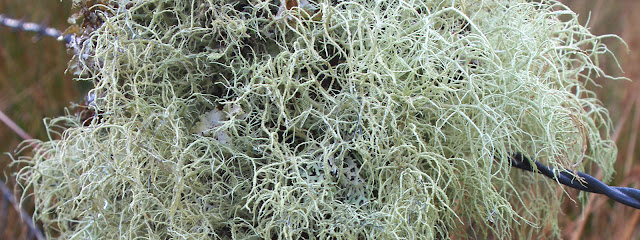This is a fairly rare little mushroom - it isn't in most of the field guides and doesn't even seem to be talked about much on the internet.
 |
| Pluteus aurantiorugosus |
The cap is both eye-catching and distinctive in terms of colour and texture.
 |
| Pluteus aurantiorugosus |















































